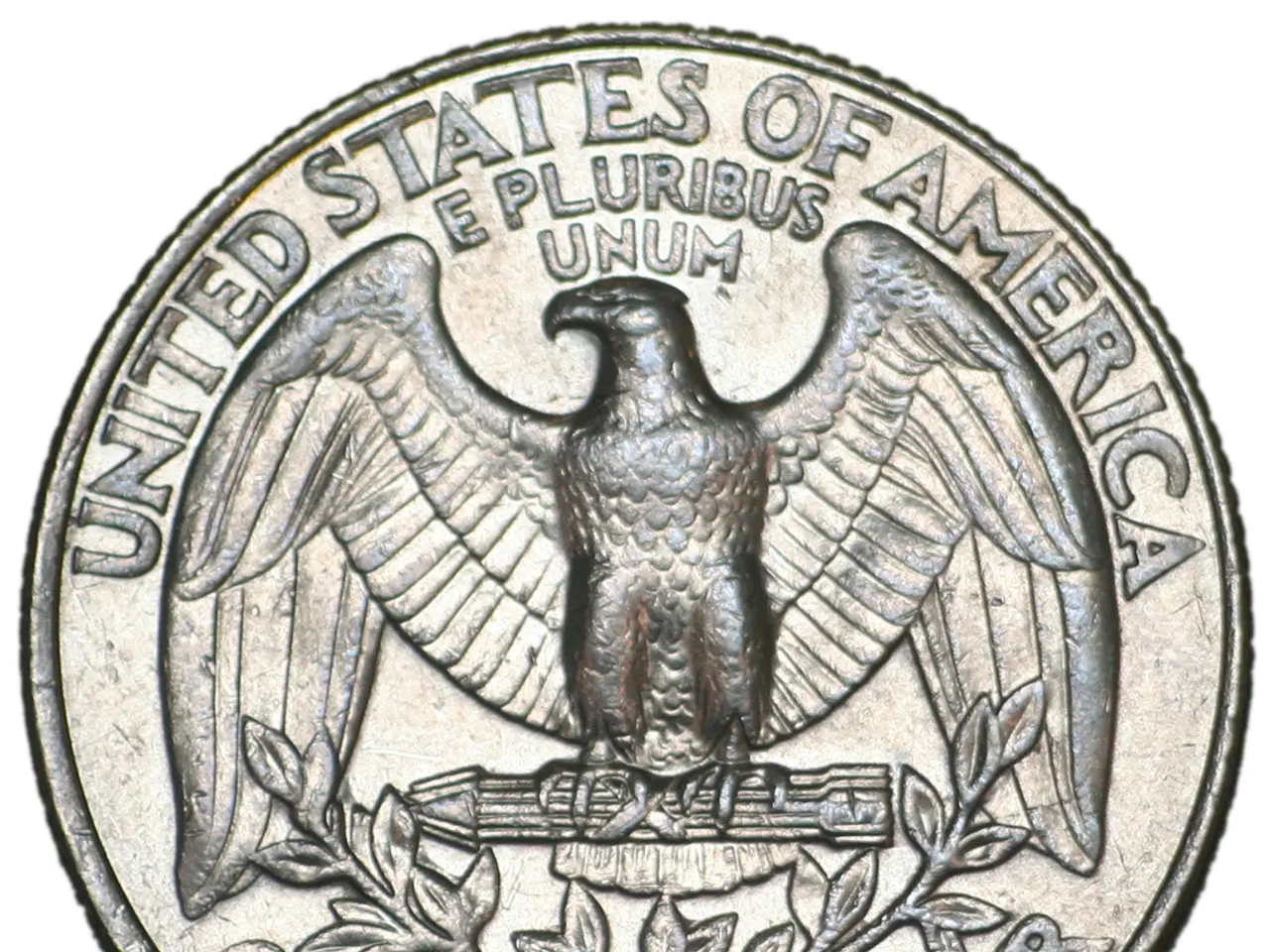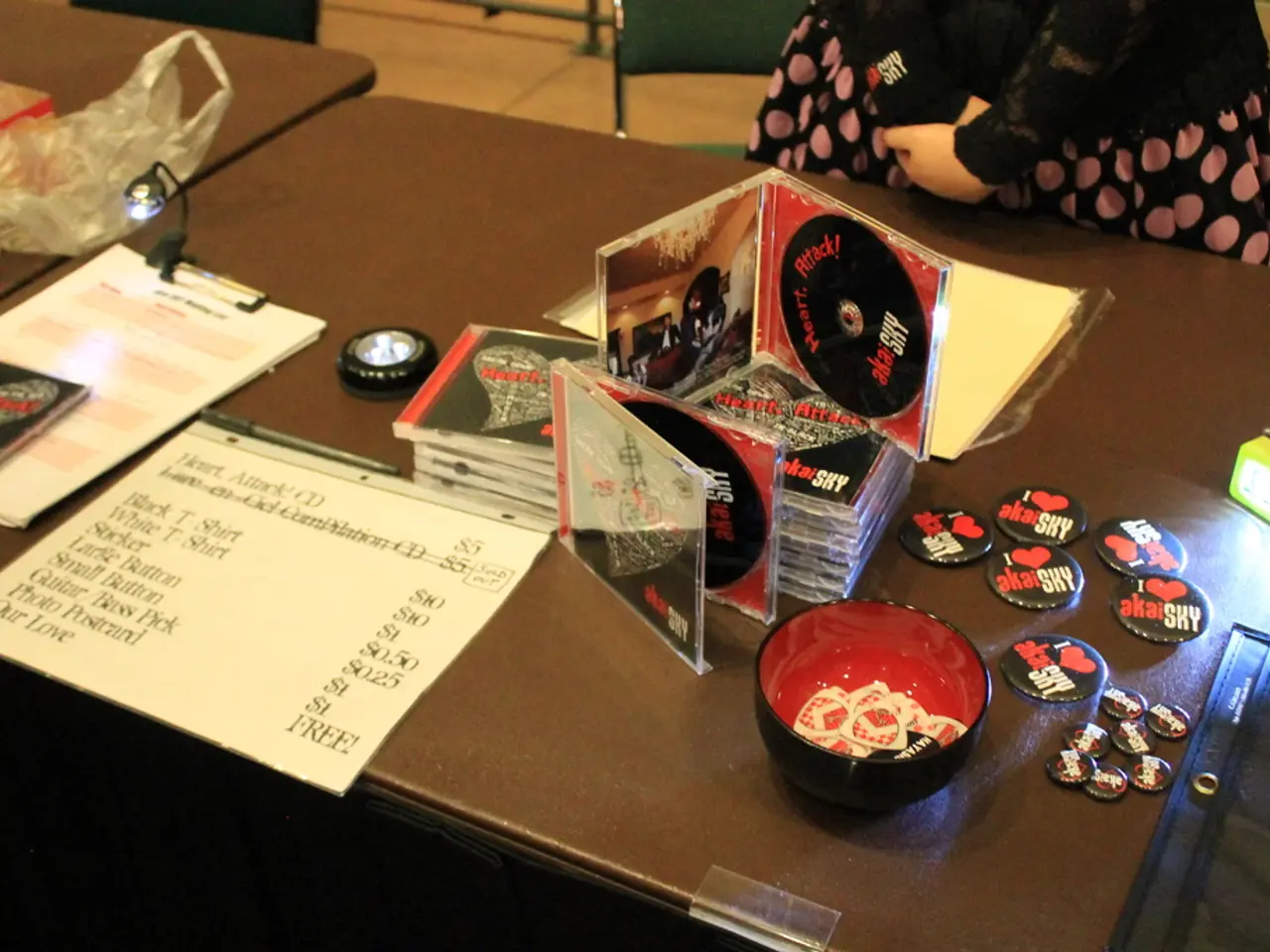Exploring Beyond Basic Aid: The Emergence of Innovative Prosthetic Devices
==============================================================================
In the realm of prosthetic design, a revolution is underway. The world of alternative prosthetics is pushing the boundaries of traditional limb replacement, transforming them into tools for self-expression, empowerment, and artistic exploration.
This evolution is marked by a shift in focus from mere function to individuality, self-expression, and aesthetics. Contemporary prosthetics are increasingly being viewed as forms of wearable art and personal identity, with artists and technologists integrating biomechanical sensors to create new modes of musical and physical expression. Prosthetic limbs are being reimagined as musical instruments and interactive tools, showcasing their potential as mediums for creative performance and bodily engagement.
One of the key drivers of this transformation is the use of additive manufacturing, or 3D printing, which has enabled more affordable, customizable prosthetic hands tailored to individual needs. This innovation empowers users with greater independence and self-confidence, as they are able to regain a sense of personal identity and function in their prosthetics.
The materials used in prosthetic design have also undergone significant advancements. From natural products like ivory, wood, and leather, we have progressed to vulcanized rubber, acrylic resin, and metal alloys. Today, modern prostheses are made from lightweight, biocompatible, and customizable materials, improving comfort and appearance while allowing users to reclaim naturalistic or artistic appearances in their prosthetics.
However, challenges remain in making these advancements widely accessible and affordable. High costs, specialized technology requirements, and limited availability in low-resource settings continue to pose significant obstacles. The future of prosthetics calls for medical device reform and policies that prioritize affordability and equitable access to prosthetics for all who need them.
Advocating for medical device reform, expanding insurance coverage, and supporting organizations that provide financial assistance for prosthetic users are crucial steps towards a more equitable and just system. Resources such as The Alternative Limb Project, Open Bionics, and the Amputee Coalition offer valuable information and insights into the world of alternative prosthetics.
The disability rights movement of the 20th century played a significant role in challenging perceptions of disability and advocating for greater inclusion. Today, the future of prosthetics hinges on embracing diversity and celebrating individuality, fostering a culture where prosthetics are seen as opportunities for self-expression, empowerment, and creative exploration.
As we look to the future, the potential for even more innovative and personalized designs in the field of prosthetics is bright. The growing movement for inclusivity, coupled with technological advancements, promises a future where prosthetics are no longer mere replacements, but extensions of the self, enabling users to express their unique identities and embrace their abilities.
- As we celebrate the artistic exploration and self-expression in the realm of alternative prosthetics, the future of this community might rely on incorporating advanced AI technologies to create even more personalized and adaptable designs.
- In the ever-evolving landscape of lifestyle and technology, the adoption of AI in prosthetic design could revolutionize the ways we perceive and interact with our prosthetics, transforming them into an extension of our identity and personal artistic expression.
- With the growing use of additive manufacturing,ulous materials, and AI, the community of prosthetic users is set to reclaim their lifestyle, embracing a future where prosthetics are tools for creative expression, artistic exploration, and empowerment.




